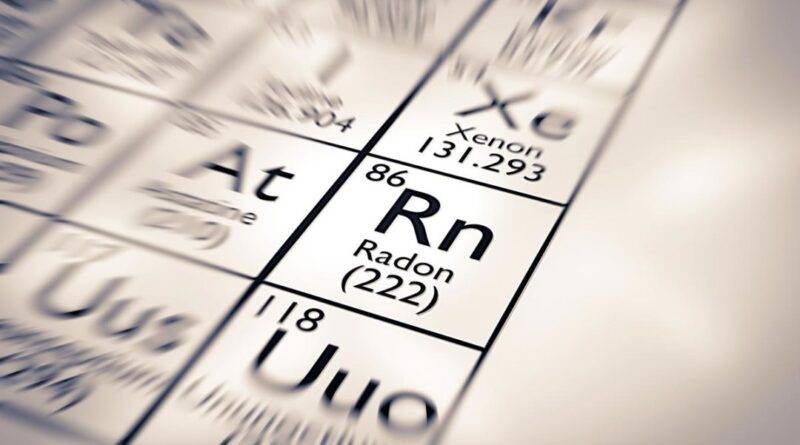Dangers of Naturally Occurring Radon Gas
Radon is a colorless, and odorless gas. It occurs naturally in the atmosphere in trace amounts. In some cases, it can become concentrated and pose a health hazard.
If you suspect that you are in danger because of radon gas, you should take precautions. Contact a professional radon measurement technician Cleveland.
Naturally Occurring Radon Gas
Normally, radon gas is present in the atmosphere in very low concentrations and poses minimal risks to human health. Some parts of the country, however, are prone to having higher radon concentrations. In the lower forty-eight, Ohio, Pennsylvania, Kentucky, South Dakota, and Washington State are the states that report higher than background abundances of radon.
Naturally occurring radon gas has a strong relationship to the near-surface geology of different parts of the country. Radon is given off naturally from surficial rocks that are enriched in radioactive materials. Granitic rocks and dark-colored shales are the most common rocks that are associated with radon gas emissions.
Dangers Associated With Radon Gas
Radon gas is radioactive and can cause lung cancer. It is especially dangerous when found in higher concentrations. A radon level of 4 picoCuries per liter (pCi/L) or more is considered dangerously high. Radon poses a stealth problem: It has no obvious characteristics that alert its presence, and it takes many years of silent exposure before any problems may present themselves.
Exposure to radon over time increases your risk of lung cancer. It is one of the top causes of lung cancer in the United States. Nationally, about 21,000 people succumb yearly to radon-related lung cancer. In fact, only smoking causes more lung cancer deaths in the United States.
Because of these health concerns, it is prudent to have your home evaluated for radon concentrations, especially if you live in areas with certain geologic attributes.




